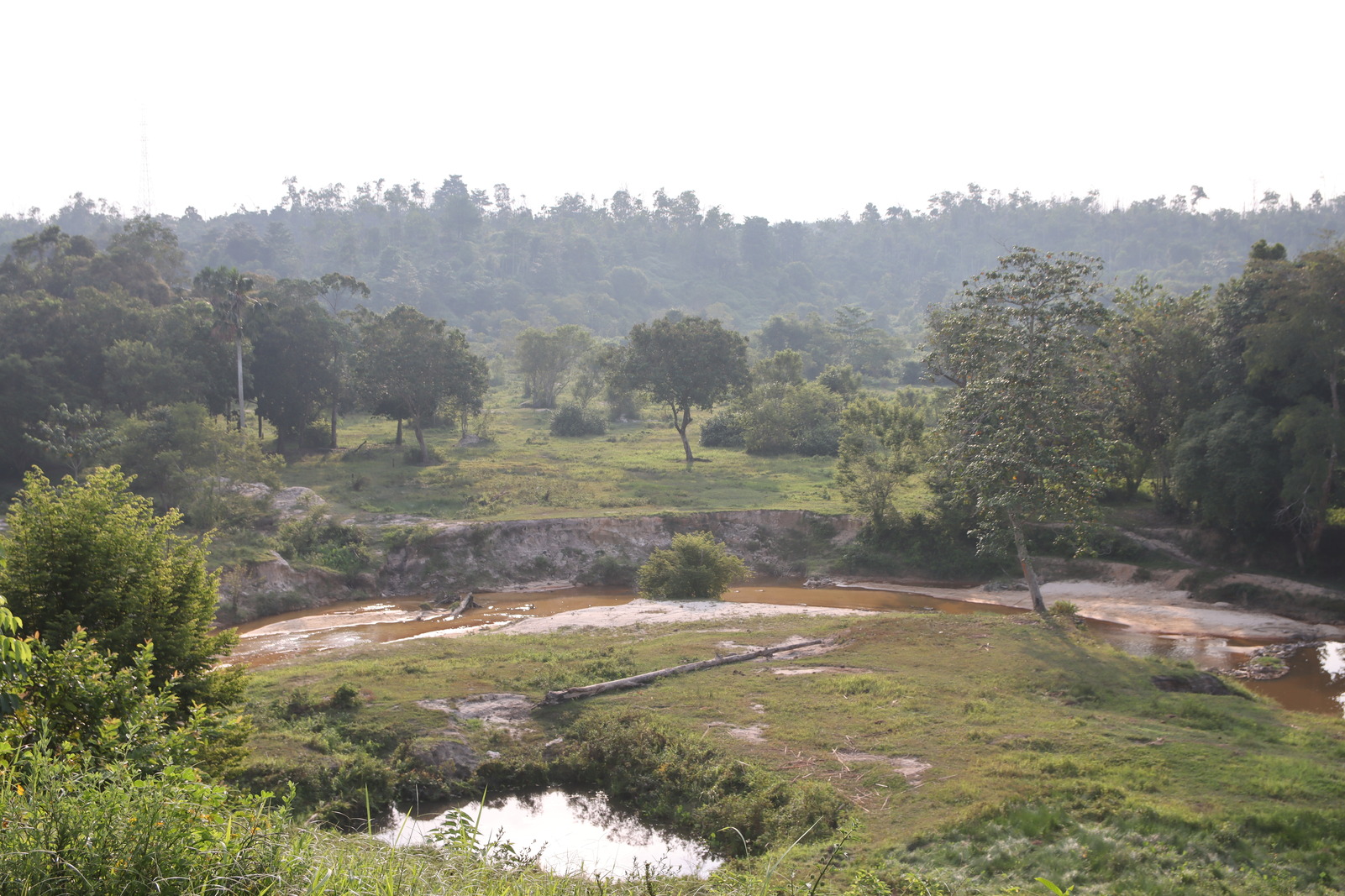
The Forest Gardeners: How Sumatran Elephants Shape Ecosystems
When we think of gardening, we picture gloves, shovels, and some small plants in a sunny yard.
But if we bring the idea to the rainforests of Sumatra, that concept gets scaled up. Here, natural
reforestation is carried out by five-ton giants roaming through the jungle, armed not with tools,
but with their trunks.
Nicknamed the forest gardeners, Sumatran elephants play a crucial (and surprisingly delicate)
role in maintaining the health of their rainforest home. They’re not just living in the forest, they
are helping to grow it.
The Seed Spreader Supreme
Every day, Sumatran elephants roam miles through thick vegetation in search of food. What
they leave behind is more than just footprints, but it is the beginning of new life. As mentioned in
the previous article before, elephants consume lots of fruits and leaves to bark and twigs, but
most of the seeds from fruit that they consume do not get digested. Instead, those seeds pass
through their digestive system and are dropped with their poop as a generous helping of
fertiliser across the forest.
That is how elephants become mobile seed dispersers. They carry forest plants from one place
to another, encouraging new growth wherever they roam. Elephants can disperse larger seeds
and carry them to farther distances than most other animals. No other animal in Sumatra
spreads such a diverse mix of seeds as far and wide as they do.
Nature’s Trailblazers and Engineers
While walking through the forest, elephants do what they do best — to make space. With their
massive size and strength, they reshape the land by carving out natural pathways as they
move. These trails allow sunlight to reach the forest floor, which is vital for the growth of young
plants and trees.
And it is not just plants that get the benefit, other animals from deer, tigers, and birds follow
these elephant-made highways too. Even humans sometimes use the same paths for research
and conservation efforts. We can say that elephants are like road-builders and landscapers
rolled into one.
Balancing the Forest Food Chain
With a massive body and large roaming area, elephants give huge influence to the other living
species around. Certain plants and areas will be growing while others will be knocked down.
Maybe it sounds like a random thing at first, but it is really important for the ecosystem because
it can encourage a mix of plants to grow – rather than just one particular dominant species.
In the long run, wide variants of plants will result in supporting a wider range of animals like
insects, birds, and predators.
Water Seekers: Nature’s Well Diggers
Another fun fact: elephants have abilities and instinct to find hidden underground water and dig
up dry riverbeds. So when the season is harsh, they once again become the savior for the ecosystem.
After they find the water source and quench their thirst, this “elephant well” also benefits many
other animals from small ones to predators. We can say that our big buddy is known for being
the host of rainforest pop-up water providers when things get tough.
Spa Days in the Wild: The Power of a Mud Bath
Who says that skincare is only for humans? Sumatran elephants are also well known for bathing
in mud. They often spray themselves with water and roll around to cover themselves in mud.
Maybe it looks like they are just playing, but the mud acts as a natural sunscreen and bug
repellent. And once the mud dries, they will rub their bodies on tree trunks or large rocks,
helping them to remove parasites – so much like a teenager's face scrub, isn’t it?
And yes, it is not just for benefiting the elephants. While they are enjoying their “spa time”, their
shallow puddles will create seasonal watering holes as well as breeding grounds for certain
birds, amphibians, and insects. Yes, another part of elephants’ casual behavior can greatly
benefit the small ecosystems around them.
Sumatran elephants are a fascinating species and play an important role in the ecosystem. So
next time you see an elephant emoji or watch a wildlife documentary, remember that thes
creatures are more than just animals — they are nature’s landscapers, gardeners, and forest
architects who help us preserve a thriving ecosystem.